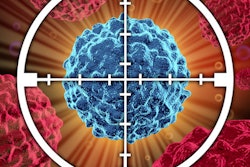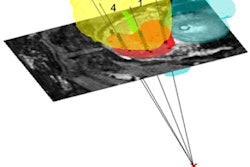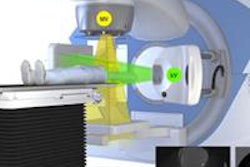The addition of local radiotherapy to hormone therapy for prostate cancer halves the risk of death 15 years after diagnosis, according to a study published in the May edition of European Urology.
Researchers compared a common pill-based hormone therapy (antiandrogen), both with and without the addition of local radiotherapy. The results of a long-term follow-up 15 years after diagnosis showed treatments with the addition of radiotherapy halved the risk of patients dying from prostate cancer, from 34% to 17%.
The group from Umeå University in Sweden, along with colleagues in Norway and Denmark, recruited 875 patients treated for locally advanced prostate or aggressive prostate cancer at around 40 clinics in Sweden and Norway from 1996 to 2002, with continual follow-up. In 2009, the team published its first results in the Lancet, which contributed to changing the attitude toward treatment of older people with prostate cancer.
"When we published the first results of this study in the Lancet in 2009, we contributed to changing the attitude toward radiotherapy for older patients with advanced prostate cancer," said Dr. Anders Widmark, lead author and senior physician and professor at Umeå University. "In this follow-up study, we present even more evident results that clearly show how patients who previously were considered incurable, to a large extent can be cured, and that these patients should therefore be offered radiotherapy as an additional treatment."
Widmark and colleagues are also in the process of evaluating the quality of life of patients with prostate cancer who use hormone therapy, which will be published soon.



















